The Global Scleroderma Therapeutics Market is significantly influenced by a variety of companies engaged in the development and distribution of innovative treatments for this chronic autoimmune disease.
As scleroderma can manifest in different forms with debilitating effects on a patient’s quality of life, the competition in the market is driven by the urgent demand for effective therapies that can manage symptoms and potentially modify disease progression.
Pharmaceutical companies are focusing on extensive research and development efforts, with a keen interest in understanding the underlying mechanisms of scleroderma, leading to a host of new treatment options.
These developments not only include traditional pharmaceuticals but also biological therapies that are tailored to individual patient needs. The competitive landscape is characterized by collaborations, mergers, and acquisitions as firms strive to enhance their product portfolios and gain a larger market share.
Amgen holds a strong position in the Global Scleroderma Therapeutics Market, owing to its robust pipeline of innovative therapies designed specifically for scleroderma. The company's commitment to research and development is underscored by substantial investments, allowing it to push the boundaries of treatment options available for scleroderma patients.
Amgen's established reputation in the biotechnology sector is complemented by its extensive experience in developing biologics that can target various pathways involved in autoimmune diseases, making it a formidable competitor.
Additionally, their strategic partnerships and collaborations with academic institutions and healthcare providers facilitate the advancement of their treatments through clinical trials, bringing new therapies closer to the market.
Amgen's strong focus on patient-centric approaches enhances its understanding of patient needs and drives the development of targeted therapies that are expected to deliver improved outcomes.
Horizon Therapeutics is another key player in the Global Scleroderma Therapeutics Market, known for its dedication to developing innovative treatments specifically for rare and complex diseases, including scleroderma. The company's strategic emphasis on patient engagement and understanding of unmet medical needs sets it apart from competitors.
Horizon Therapeutics leverages advanced research methodologies to identify and develop therapies aimed at different manifestations of scleroderma, with a promise to provide transformative care to those affected. With a portfolio of products that demonstrate efficacy in managing symptoms associated with scleroderma, the company has carved a niche for itself in the market.
Additionally, the company is well-regarded for its commitment to educational initiatives that empower patients and healthcare providers, fostering awareness about scleroderma and driving support for clinical research efforts in this area, which ultimately enhances their positioning within the overall therapeutic landscape.


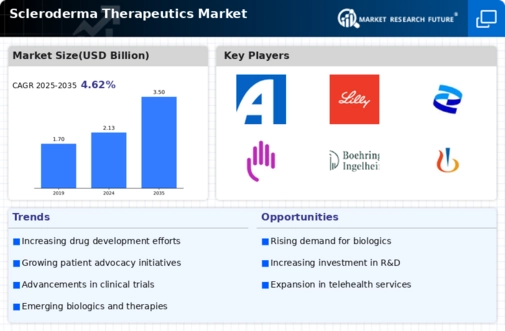
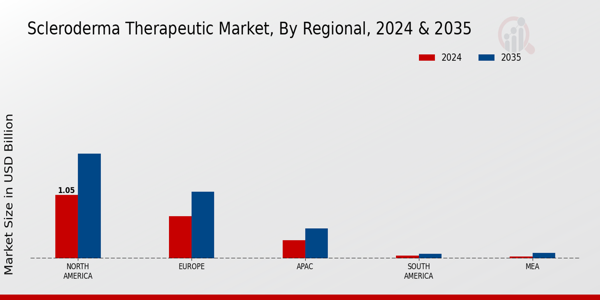

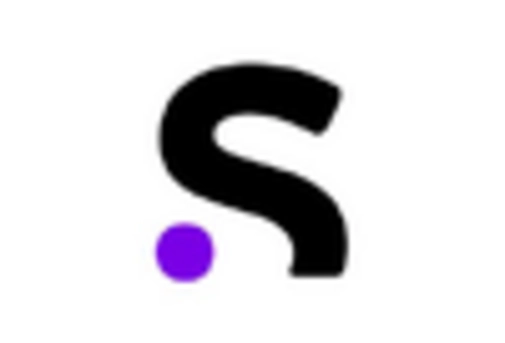
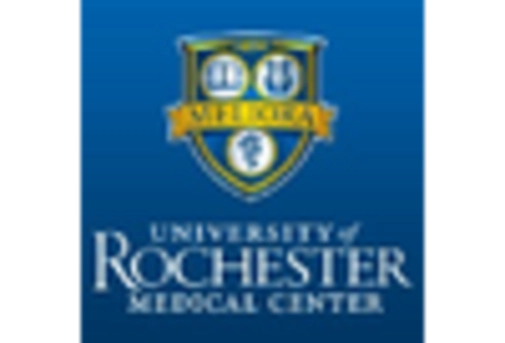
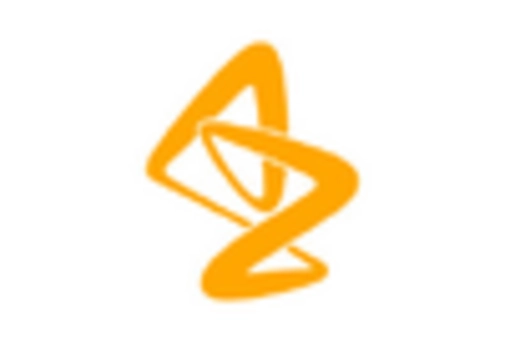

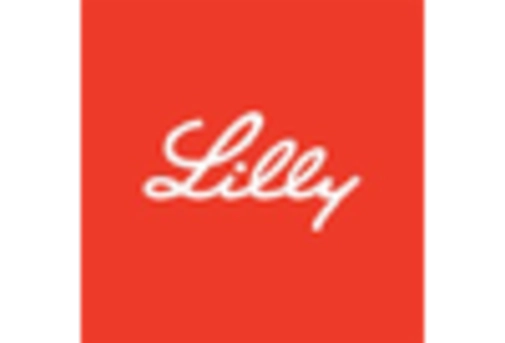












Leave a Comment